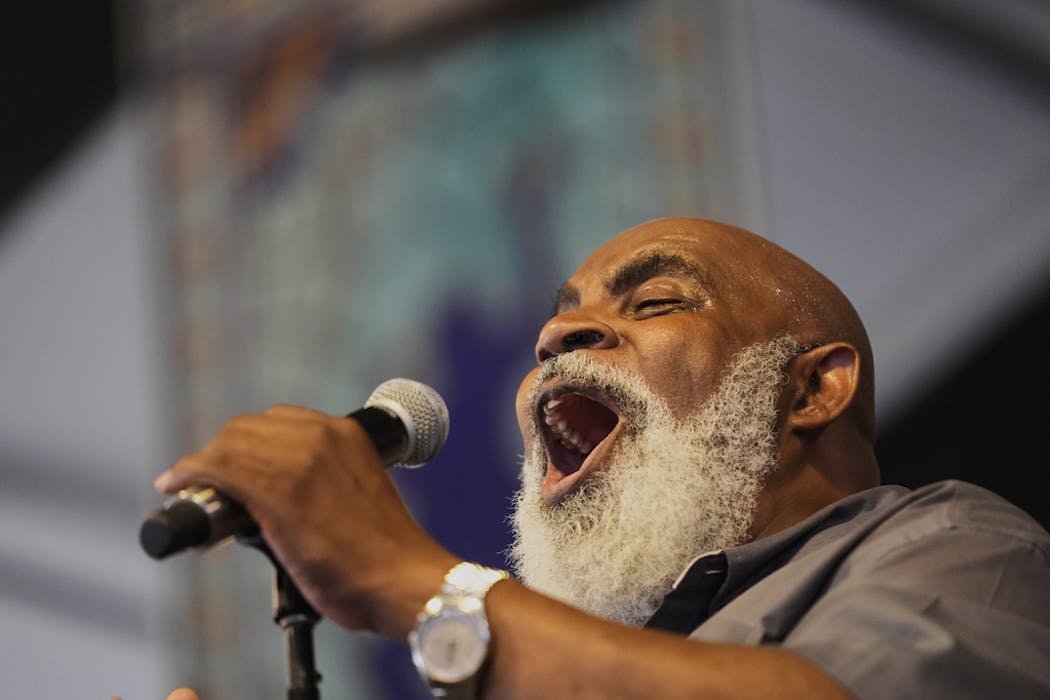Depression is a common mental health disorder that affects millions of people worldwide. It is characterized by persistent feelings of sadness, hopelessness, and a lack of interest in activities that were once enjoyable. Depression can also manifest physically, with symptoms such as changes in appetite, sleep disturbances, and fatigue. It can be triggered by a variety of factors, including genetics, brain chemistry, and life events such as trauma or loss. Depression can have a significant impact on a person’s quality of life, affecting their ability to function at work, school, and in their relationships.
Depression is a complex and multifaceted condition that can be challenging to treat. While medication and therapy are common treatment options, many individuals find that these traditional approaches are not entirely effective for them. As a result, there has been growing interest in alternative and complementary therapies for depression, including dance therapy.
What is Dance Therapy?
Dance therapy, also known as dance movement therapy, is a form of expressive therapy that uses movement and dance to promote emotional, social, cognitive, and physical integration. It is based on the premise that the mind and body are interconnected, and that movement can be a powerful tool for promoting healing and self-expression. Dance therapy is typically conducted in a group setting, although individual sessions are also available. It is facilitated by a trained dance therapist who guides participants through various movement exercises and activities.
Dance therapy can take many forms, including improvisational dance, choreographed movement sequences, and structured group dances. The goal of dance therapy is to help individuals explore and express their emotions through movement, as well as to develop greater self-awareness and self-acceptance. It can also help individuals develop new coping skills and improve their overall well-being.
The Benefits of Dance Therapy for Depression
There is growing evidence to suggest that dance therapy can be an effective treatment for depression. One of the primary benefits of dance therapy is its ability to promote emotional expression and release. Many individuals with depression struggle to articulate their feelings verbally, but may find it easier to express themselves through movement. Dance therapy provides a safe and supportive environment for individuals to explore and process their emotions, which can be incredibly cathartic.
In addition to promoting emotional expression, dance therapy can also help individuals with depression develop a greater sense of self-awareness and self-acceptance. Through movement, individuals can gain insight into their thoughts and feelings, as well as develop a greater appreciation for their bodies and physical capabilities. This can be particularly beneficial for individuals who struggle with low self-esteem and negative body image, which are common issues among those with depression.
Furthermore, dance therapy has been shown to have a positive impact on mood and overall well-being. Engaging in physical activity releases endorphins, which are chemicals in the brain that act as natural mood lifters. Additionally, the social aspect of dance therapy can help combat feelings of isolation and loneliness that often accompany depression. By participating in group dance activities, individuals can develop a sense of connection and belonging, which can be incredibly empowering.
How Dance Therapy Works
Dance therapy works by harnessing the power of movement to promote healing and self-expression. The process typically begins with an initial assessment, during which the dance therapist works with the individual to identify their goals for therapy and any specific issues they would like to address. From there, the therapist will design a treatment plan that incorporates various movement exercises and activities tailored to the individual’s needs.
During dance therapy sessions, individuals may engage in a variety of activities, including freeform movement, guided imagery exercises, and structured dance sequences. The therapist may also incorporate music into the sessions to enhance the overall experience. Throughout the process, the therapist provides support and guidance to help individuals explore their emotions and develop new coping skills.
One of the key principles of dance therapy is the idea that the body holds onto emotional experiences and memories. Through movement, individuals can access these stored emotions and work through them in a safe and supportive environment. This can help individuals release pent-up emotions and develop a greater sense of emotional freedom.
Incorporating Dance Therapy into Treatment
Dance therapy can be incorporated into a comprehensive treatment plan for depression in a variety of ways. It can be used as a standalone treatment or in conjunction with other therapeutic approaches such as medication or talk therapy. Many mental health professionals believe that integrating multiple treatment modalities can enhance the overall effectiveness of treatment for depression.
Incorporating dance therapy into treatment may involve attending regular sessions with a trained dance therapist, either individually or in a group setting. Additionally, individuals may be encouraged to practice movement exercises at home as a way to reinforce the benefits of dance therapy between sessions.
It is important for individuals considering dance therapy to work with a mental health professional who is knowledgeable about this approach and can help them determine if it is an appropriate option for their needs. Additionally, it is essential for individuals to find a qualified dance therapist who has received proper training and certification in dance movement therapy.
Success Stories: Real-life Examples of Dance Therapy
There are numerous success stories that highlight the positive impact of dance therapy on individuals with depression. For example, Sarah, a 35-year-old woman who had struggled with depression for many years, found that traditional talk therapy was not entirely effective for her. She decided to try dance therapy as an alternative approach and found that it helped her connect with her emotions in a way that she had not been able to before. Through movement, Sarah was able to release pent-up emotions and develop a greater sense of self-acceptance.
Another success story involves James, a 45-year-old man who had experienced significant trauma in his past and had been diagnosed with depression as a result. He found that traditional treatment approaches were not entirely effective for him and decided to explore dance therapy as an alternative option. Through movement and guided exercises, James was able to work through his trauma in a way that he had not been able to before. He found that dance therapy helped him develop new coping skills and improve his overall well-being.
Finding a Dance Therapist
Finding a qualified dance therapist is an essential step for individuals interested in exploring dance therapy as a treatment option for depression. It is important to work with a therapist who has received proper training and certification in dance movement therapy. The American Dance Therapy Association (ADTA) is an excellent resource for finding qualified dance therapists in your area.
When searching for a dance therapist, it is important to consider their level of experience working with individuals with depression or other mental health concerns. Additionally, it can be helpful to schedule an initial consultation with potential therapists to discuss your goals for therapy and determine if they are the right fit for your needs.
In conclusion, dance therapy offers a unique and effective approach to treating depression. By harnessing the power of movement and self-expression, individuals can explore their emotions, develop new coping skills, and improve their overall well-being. For those struggling with depression who have not found relief through traditional treatment approaches, dance therapy may offer a valuable alternative option for promoting healing and recovery.
Find out how Torongo Therapyplus can help you with your needs. Get in touch with us at smile@torongo.life, or call us on 02 8809 9965.































